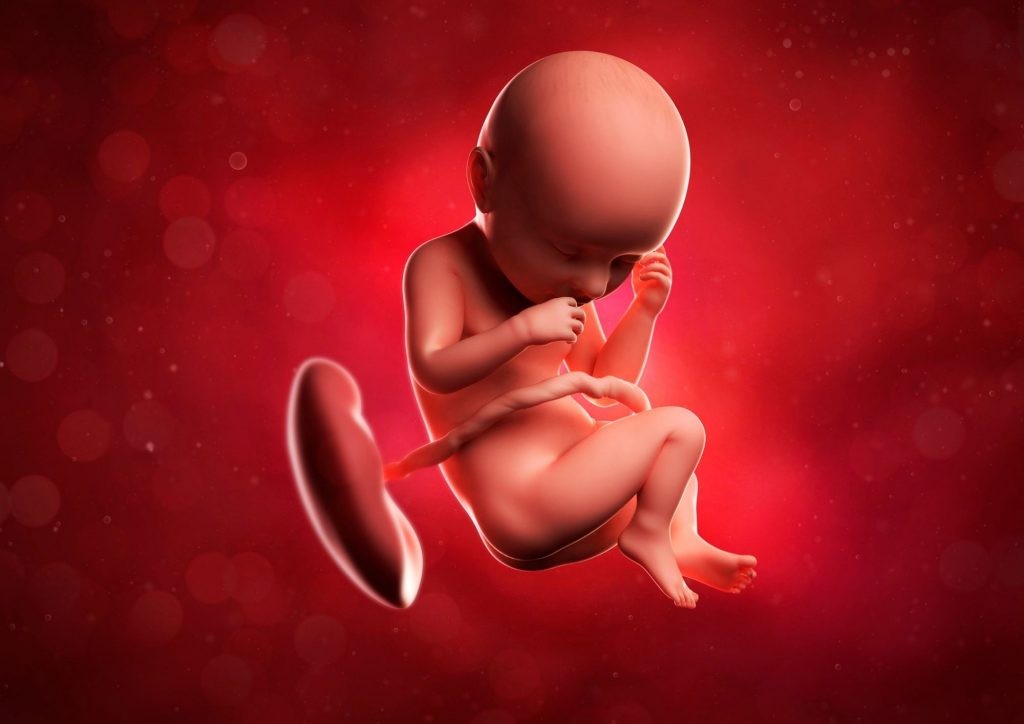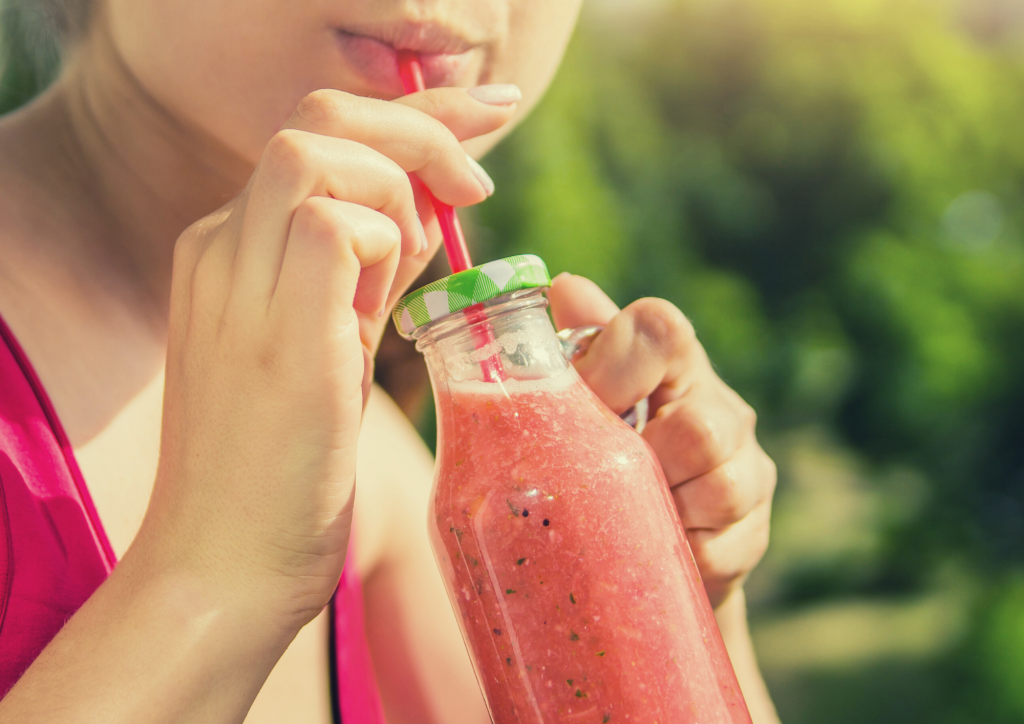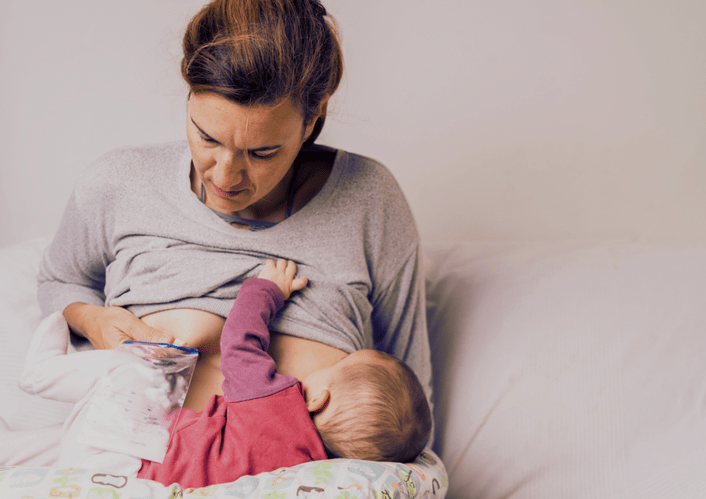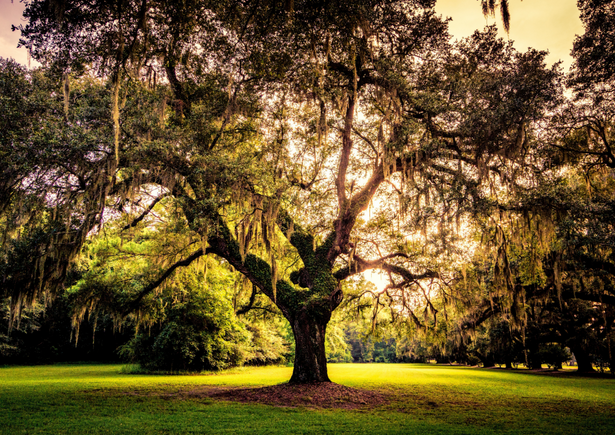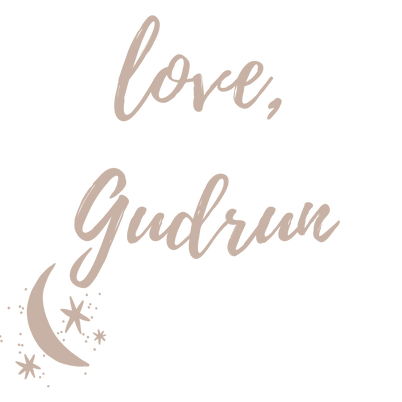If you’re a naturally-minded mama who hasn’t been living under a rock, no doubt you’ve heard of the increase in recent years of placenta eating, where women consume their placenta after birth.
Some women cook the placenta themselves and eat it raw, others pay their doula or other specialist to put it in a placenta smoothie. Alternatively, many take what may seem to be the most palatable option and spend hundreds of pounds for someone to dry and encapsulate their placenta so they can be consumed in tablet form.
But why are so many women turning to placentophagy, the practise of eating your own placenta after birth? In this article I’m going to look into the history and theory behind placenta eating, the side effects that may come with it, and what alternatives there are. I’ll also share my story of why I consumed my placenta after my first birth nearly four years ago, but won’t be turning to placenta eating after my second in 2022.
What is the placenta?
Aas you’re here, I feel like it’s a fairly safe bet that you know what a placenta is. But a surprising number of people Google this question so I thought it was a good starting place for anyone who is unsure.
The placenta is a unique and critical organ that develops during your pregnancy and provides oxygen and nutrients to your growing baby. In the first few weeks of development, the new embryo survives with the help of a yolk sac, a small little membranous sac that provides a level of nutritional support to the growing embryo.
As the pregnancy moves on, the placenta gradually develops and takes over from the yolk sac, attaching to the wall of the uterus and providing nourishment via the baby’s umbilical cord.
Why do animals eat the placenta?
Most nonhuman mammals eat their placenta, also known as the “afterbirth”. It is hard to know exactly why they do this, but the most widely accepted theory seems to be that it is a survival tactic. For mammals living in the wild where they are regularly fighting off or running from predators, leaving physical signs of some fresh new prey would be a disaster. By eating the placenta, animals can hide the scent and other signs that they have recently given birth.
Some literature also suggests than nonhuman mammals receive a number of physiological benefits from eating their placenta, including greater bonding with their offspring. In animals, it also may help reduce negative postpartum side effects and even postpartum pain relief due to the Placenta Opioid Enhancing Factor (POEF) contained within the amniotic fluid. It is this theory that has led some to ask, “Well, why shouldn’t humans eat the placenta too?”
Why would a mother eat her placenta?
So if most non-human animal mammals have evolved to eat their placenta, does that mean that humans were doing it for millennia too, only to stop due to the development of a “civilised” society? Well, no. The practise of a mother eating placenta after birth was first recorded in the 1970s and has gained in popularity since 2006. It was never something we (or whales for some reason) evolved to do naturally.
Those who promote eating the placenta claim that it has several postpartum benefits, such as:
- Preventing postpartum depression
- Increasing energy
- Increasing milk supply
- Reduction in postpartum bleeding
- Promotion of postpartum healing
- Enhanced bonding with baby
- Enhanced immune system
- Pain relief
With a list like that, it’s hard to see why you wouldn’t want to try it – what’s the harm, eh? (FYI, I’ve got a couple of great articles on eco friendly postpartum essentials and how to navigate the ups and downs of becoming a mother if you came here looking for postpartum healing advice)
In fact, it was coming across that kind of list of placenta eating benefits like this that made me decide to give it a go. After reading many people (usually people selling placenta services…) rave about the benefits, I hired a doula to come and take my placenta, whizz some of it up into a post-birth smoothie and take the rest of it away for encapsulation.
That was in 2018 after the birth of my daughter, Ursula. Now in 2021 I’m pregnant with her little brother or sister and I will not be eating my placenta when they arrive in May/June 2022. Let me tell you why…
Does eating the placenta do anything?
While cheerleaders of the placenta eating world will wax lyrical about the superpowers of the human placenta, the actual scientific research on the ground (while fairly limited) is saying a big fat “Nothing good” in answer to this question.
Take this review, for example, by Dr. Alex Farr and team of the Department of Obstetrics and Gynecology at the Medical University of Vienna. The review states:
“We found that there is no scientific evidence of any clinical benefit of placentophagy among humans, and no placental nutrients and hormones are retained in sufficient amounts after placenta encapsulation to be potentially helpful to the mother postpartum.”
And:
“…the Centers for Disease Control and Prevention recently issued a warning due to a case in which a newborn infant developed recurrent neonatal group B Streptococcus sepsis after the mother ingested contaminated placenta capsules” and “placentophagy is potentially harmful with no documented benefit“
Although fans of placentophagy cite the nutrients contained within the placenta as the source of super-rich goodness, Farr says:
…”the presumed nutrients such as iron, selenium and zinc are not present in sufficient concentrations in the placenta. However, high concentrations of heavy metals in the placenta were found to accumulate there during pregnancy“
Why you shouldn’t eat your placenta
As you will have gathered from Dr. Farr, not only are there no measurable benefits to placenta eating, there are also a number of potential risks associated with it.
There may be high concentrations of heavy metals or other toxins in your placenta that can cause severe problems, such as the case of sepsis described above. Meanwhile, far from being a saviour of breastmilk supply, there is significant research that placenta eating actively damages breastmilk supply. This for me is the main reason I shan’t be spending my money on eating my placenta again.
When Ursula was born, I enormous trouble breastfeeding her. There were a couple contributing factors including tongue tie and, most significantly, a medical condition that physiologically limits how much milk I can make. However, I was desperate to try and make as much milk as I could for her.
I worked so hard pumping and feeding on demand, spending goodness knows how much money on galactogogues (herbal medicines to increase milk supply). My galactogogues collection included the placenta capsules and to now discover that these were actively harming my supply is devastating.
Even if they weren’t the main contributor to my many, many breastfeeding problems and the anxiety and heartache that accompanied my painful journey, I’m very upset that they likely caused my supply even more damage.
What Should I Do With My Placenta after Birth?
If you’re now wondering what else you could do with your placenta other than eat it, there are plenty of options.
5 things to do with your placenta (other than eat it!)
Plant it
I am particularly fond of this idea and it’s what I’ll be choosing to do with my second baby’s placenta when they arrive next year.
There are many cultures around the world that traditionally engage in burying the placenta in the ground, sometimes under a plant or tree. For some tribes such as the Igboo tribe in South Africa, the burial represents connecting the child to the spirits of the Earth and the land in which they have been born. I love this symbolism and plan to plant the placenta underneath a spindle tree, representing my father who unexpectedly before I could announce my pregnancy.
Think about the plants or trees that mean something to you and this baby and, if you’re blessed with the space, consider planting the placenta in the ground. Alternatively you could plant it in a large pot with a tree. Just make sure either the pot or hole you dig in the ground is nice and deep so no marauding foxes or your pet dog come and have a dig!
Print it
Even if placentas aren’t the superfood they’re claimed to be, they are rather amazing and spectacular things. They sustain and nourish your baby throughout pregnancy and sure that any toxins stay well away from your little one.
When you look at them flattened out they look like an incredible Tree of Life, which is why a lot of mamas choose to make a placenta print.
This is a fantastic way to honour the amazing work your placenta did for your baby and commemorate the organ that kept the two of you connected for 9 months. I found a wonderful video showing you just how to do this.
Given that you will (presumably!) have just given birth and will have a baby to look after, I would be amazed if you have time to do this yourself but you could always freeze the placenta and do it later down the line. Or of course, many doulas and placenta practitioners will do this for you – just don’t get sucked into encapsulation as well!
Make umbilical cord art
If time is short and all you want to commemorate is the cord that bound you and your baby together for that special time, then you could consider some umbilical cord art.
The most popular format for this is to shape the cord into a heart before dehydrating it. Of course you can put it into whatever shape you like, the main thing you need to do is bake the cord in the oven on a very low heat for a long time.
My doula did this for me and I then planted it with an oak tree my father had grown for her from an acorn so it was all very symbolic!
Commission keepsake jewellery
Take the keepsake approach one step further by commissioning jewellery with your placenta embedded in it. This is a popular thing to do with the last breastmilk before weaning, but it can be done with dried and powdered placenta too.
You’d need to do your own research into what services are available where you live, but for UK readers I found this mum-owned business in Cheddar, Somerset who do some beautiful pieces.
Let the midwife deal with it
And finally, let’s not overlook the really obvious option in terms of what to do with your placenta – it’s perfectly okay to just let the midwife take it away and dispose of it. You’re not going to lose natural mama points for picking this option over placenta eating or any of the other things some women choose to do with it.
Given that there are no benefits to consuming your placenta (and it may well harm you and/or your baby), if you don’t have a particularly sentimental attachment to it or feel like it’s symbolic and important, it’s fine to just let it go.
So I hope you’ve found something useful in my post on placenta eating and that you’ll think twice before succumbing to the appealing promises of the placenta as ‘superfood’.
If you’d like more tips and evidence-based pregnancy, birth and baby info, head over to my Instagram or Pinterest and give me a follow. Or stay here and scroll down for more related articles.
Meanwhile, wishing you all the best on your birthing journey.
Further resources
Click the links below to view some of the resources I used to write this blog in order to further your understanding of the impact of mothers eating their placenta:
Daniela Blei, Placenta-Eating Went Mainstream When Many Doctors Stopped Listening, December 2019
Sarah Hollister, RN, PHN, IBLC Health Implications To Consider For Placenta Consumption
Sarah Hollister, A Lactation Consultant’s Perspective on Placenta Encapsulation, September 2017
ICEA Placental Encapsulation: Friend or Foe of Postpartum Mothers?
The Natural Mama Podcast, The Terrifying Downside Of Eating Placenta – Don’t Do It! February 2021
Placenta Risks, How placenta ingestion lowers milk supply
